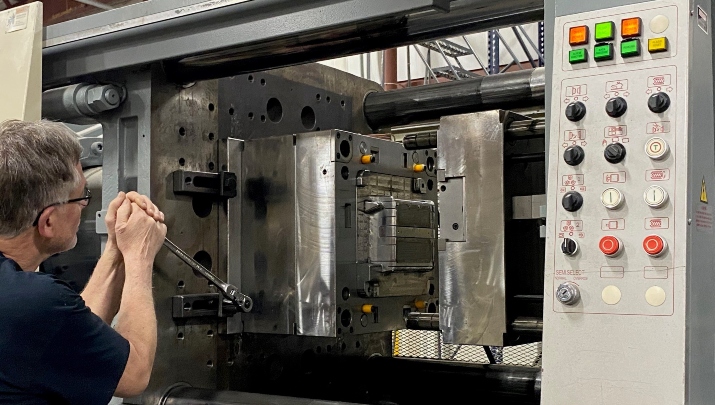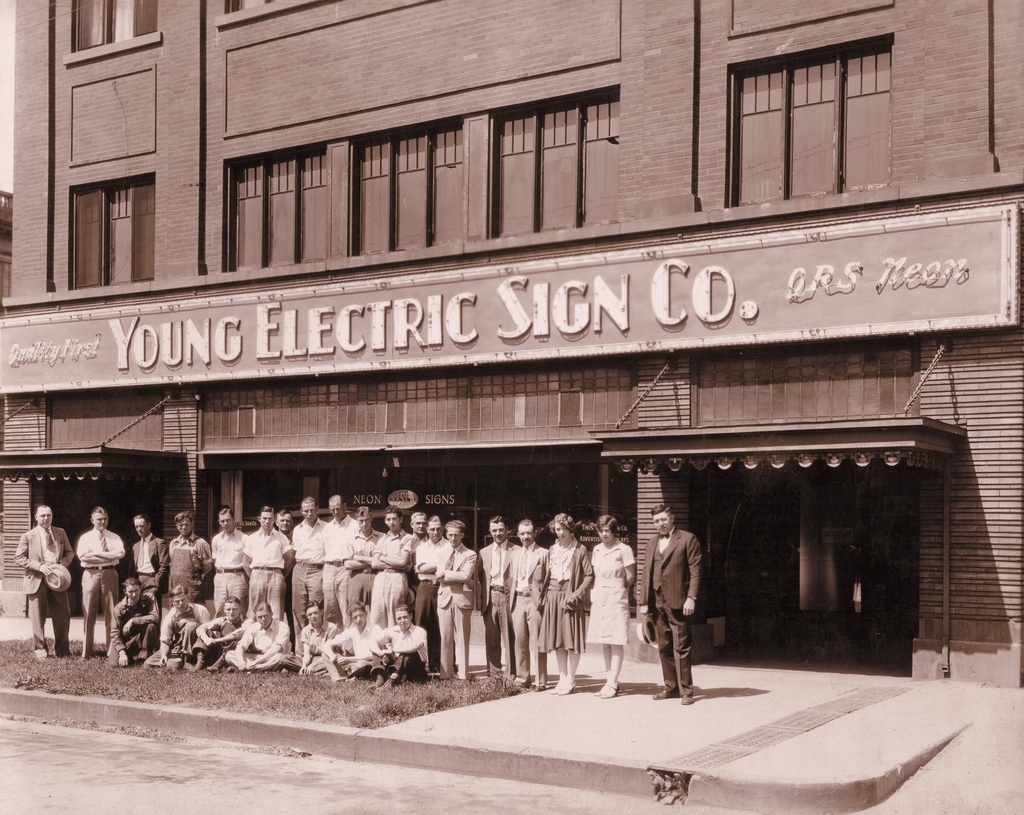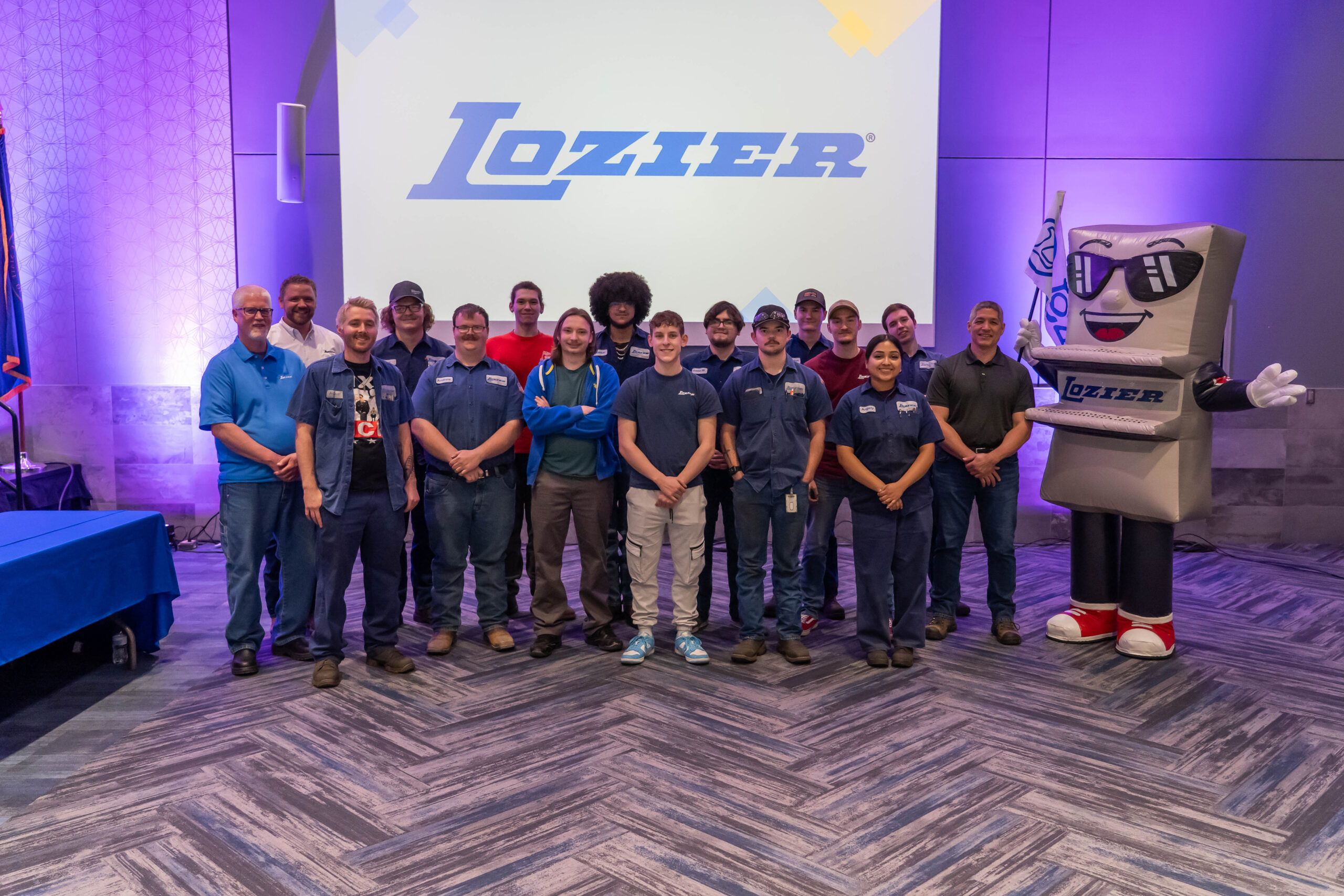
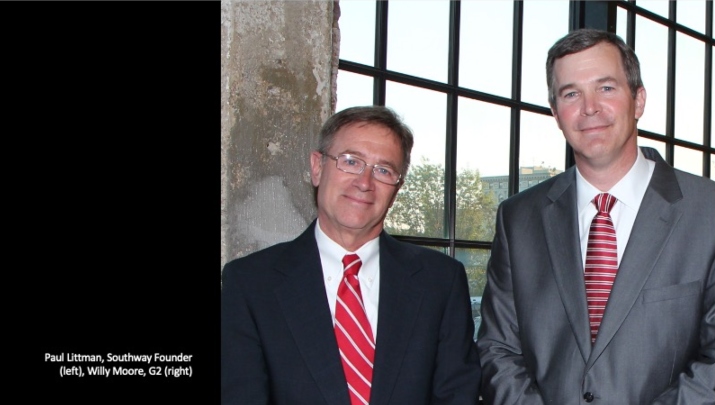
From Founder to G2: Two Distinct Mindsets
- Willy Moore
- Southway Builders, Inc.
It takes a certain set of qualities to start a company and make it successful. It takes vision, grit, passion, and a willingness to take risks and put it all on the line. Yet, in order for a new business to settle into a place where it can become a true Evergreen® company and last for 100 years or more, a shift must eventually take place. This often occurs when leadership transitions, from Founder to successor, and it can be tricky. The bottom line is that a founder’s mentality is necessarily different from a second generation (G2) leader’s mentality. It has to be. So how does one make this transition as smooth as possible?
I am the G2 leader of Southway Builders. In some ways, my story is similar to a typical G2 leader in a family business, in that I was present from the very early days of the company, and I became the founder’s exit strategy early in my career with Southway. But at the same time, I am not a family member and so I have the intellectual and emotional distance that a son or a grandson might not have. In my story, therefore, I think there are learnings that can apply to many businesses, family or not.
The first significant difference between a founder and a successful G2 leader lies in the vision for the company. Southway’s founder, when he started the company in 1991, envisioned a solo operation that would allow him to enjoy the independence of working for himself. It quickly became clear that the company he was building not only could become bigger, but it would have to grow to stay alive in the industry.
At Southway, we are construction managers. We do not self-perform any of the construction trades, rather we plan and manage large construction projects. To stay relevant and compete in the Baltimore regional market, the founder quickly realized that he could not do it alone, so he brought me on board in 1993 as a Superintendent; I was employee #1. Although my beginnings were humble, I grew with the company, eventually transitioning into greater leadership roles. From the beginning I was interested in a stable career, supporting my growing family, and eventually having an ownership stake in the business. My goals were defined by opportunity, not limits. While I cannot say that my vision for Southway has been the same since day one, I’ve always been generally more interested in a bigger future for it than the founder.
Another significant difference was my orientation toward growth, both for myself and for the company. The founder of the company found his joy in estimating work, so as we grew, he never stopped doing that work, engaging in the other leadership aspects of the business when he had to. He loved working in the business, and that work gave him a good sense of self-worth. For me, this was an important learning opportunity, but it also led me to realize how much I had to learn. Therefore, once I had sat in most of the seats in the business, I began to look for opportunities to grow myself as a leader.
When I became President and majority owner in 2016, I took three steps that were significant in my growth as a leader. The first was reading Pat Lencioni’s The Advantage, which then led me to engage the Table Group (Lencioni’s business consulting group) to work with our team. By this time, we had grown to just over 50 employees, and it was clear to me that we – and I – needed more strategy to move us forward in a meaningful way. I was stressed and reading The Advantage helped me understand the source of my anxiety; it allowed me to see a path towards a more controlled future and grow as a leader. I started thinking in terms of processes, team dynamics, and systems instead of specific tasks, and we started working to build a healthy business. This was my first significant step away from the founder’s mentality and toward developing my own view for what the company could be.
Next, I engaged a leadership coach. Very soon after taking the reins, I was overcome by Imposter Syndrome, wondering who was asleep at the wheel, letting me take charge. I cannot overstate how important my coach was in helping me discover the best and most authentic leader within myself, giving me the gift of more purpose and clarity in my life.
For the last step, after my first year as President, I found myself wishing I could talk about some of the challenges I was facing with peers. I spent a year seeking out and creating a small group of construction peers whose companies were very similar in size and product type to Southway, but who worked in non-competing geographic markets. Coming together with these leaders was like catching lightening in a bottle for all of us; we are still extremely close, meet regularly, and rely on each other a great deal. The benefits were so apparent to each of us, that we opened our group to the senior levels of management in our companies. Now all four companies’ CFO’s, HR Directors, Operations heads, etc. get together on a regular basis to help and learn from one another.
All of this led me to what I would say is the last and perhaps most important difference between the founder’s relationship with the business and mine, as a G2 leader: a shift from focusing on the short-term, day-to-day concerns of the business to a long-term, big-picture mindset.
As I said, what our founder loved was working in the business, so he never really stopped doing that. He had a great run, but he was clear in explicitly saying, at the time of our transition, that he had no desire to run a larger business. In my early years as President, I was initially stuck in that place of working in the business too, acting more or less as our CFO in addition to my official duties as President. After all, that was the model under which I had learned. My Peer group and coach all challenged me to stop being the CFO, and I reluctantly acquiesced. I finally hired a CFO and that was the last piece in a puzzle that allowed me to lift my gaze up from the immediate. I could finally see with absolute clarity that, for the size of our operation, my work in the business was hindering our ability to function effectively. Soon thereafter, we started work with our leadership team to develop a long-term vision for the company and map out strategies and build platforms from which to grow the company. These steps are refining our systems and processes in a way that will secure a future for Southway Builders that will extend far beyond my own tenure.
I am the luckiest guy in the world because despite the difference between the founder’s vision for the company and the one I developed over time, there was never any tension between us at all. I think this is the point where some G2 leaders can encounter problems, because some founders may be less willing to release the original vision of what the company could become. It’s easy to understand how a founding leader who has grown a good business may believe their methods are the sole recipe for success in moving forward. Fortunately for me, that was never the case at Southway. The founder was extraordinarily graceful in allowing me the leeway to find my own path. He not only accepted, but he also expected my vision, strategy, and leadership to be different than his. And if you are wondering, the founder is still an owner in the company; he is fully retired but will maintain a minority stake for a few more years.
I could not have created Southway, and the founder could not have turned it into the company it is today – an Evergreen industry leader with almost 100 employees and a structure in place to grow thoughtfully and to last for 100 years or more. It needed us both, as does any company that hopes to survive beyond the first generation of leadership.
More Articles and Videos
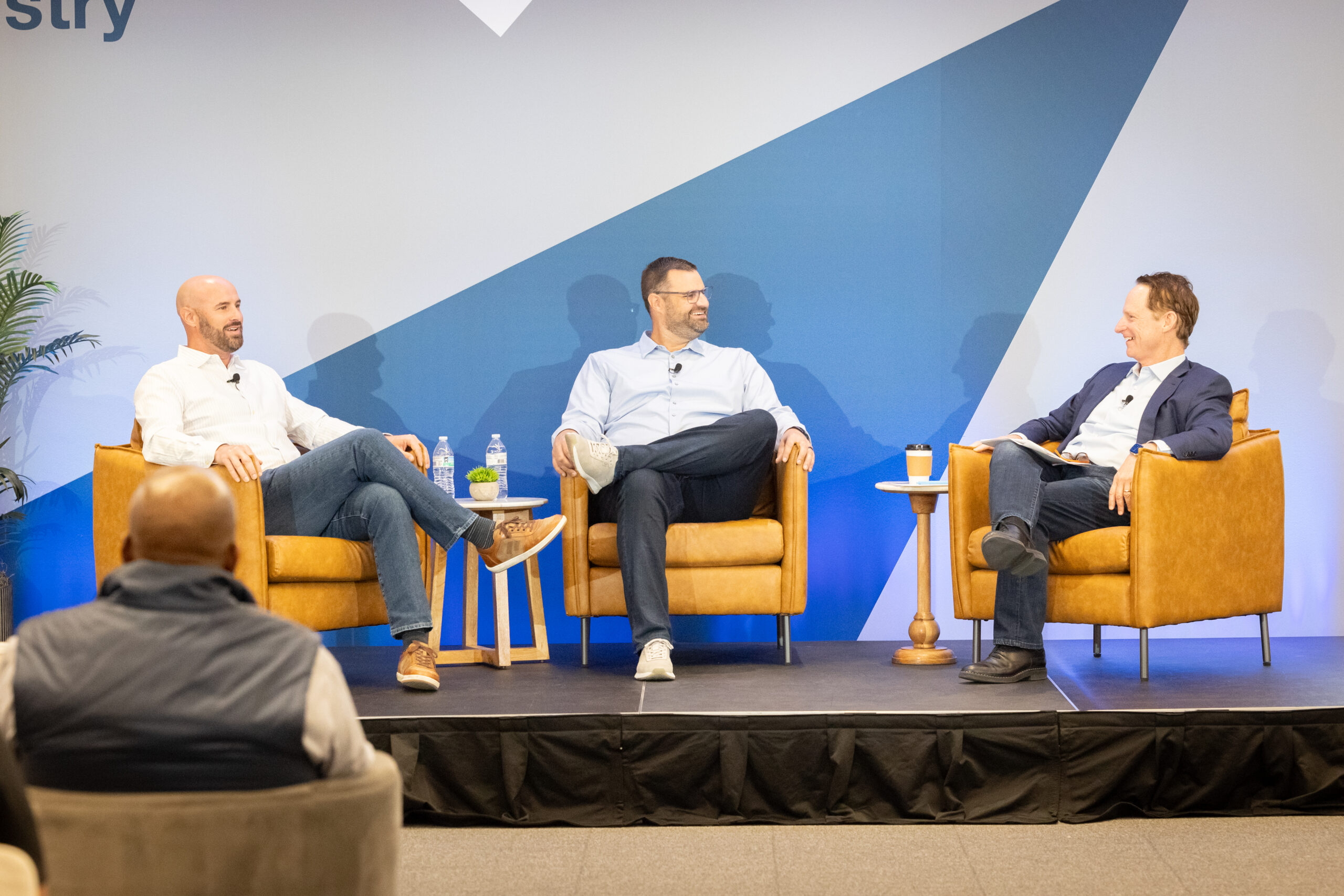
Fireside Chat with Dave Thrasher, Dan Thrasher, and Dave Whorton
- Dave Thrasher, Dan Thrasher, & Dave Whorton
- Supportworks and Thrasher Group

Get Evergreen insight and wisdom delivered to your inbox every week
By signing up, you understand and agree that we will store, process and manage your personal information according to our Privacy Policy
